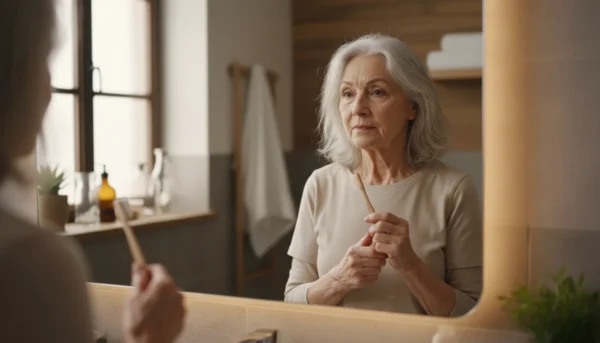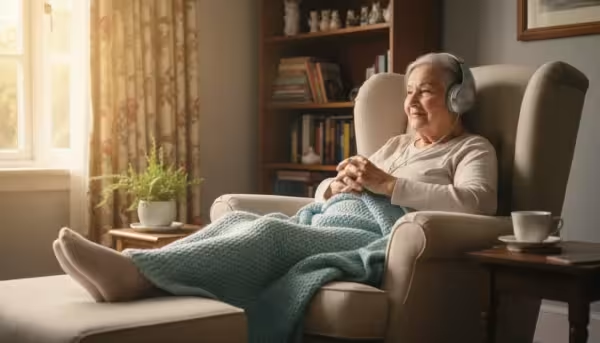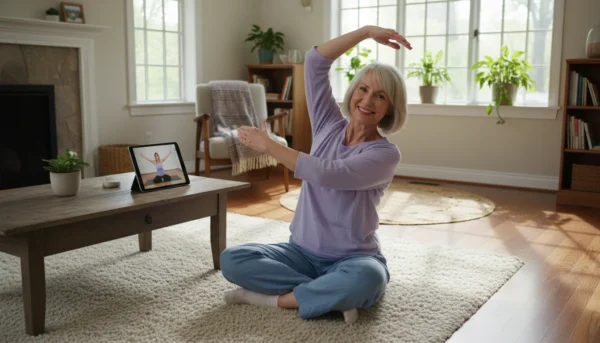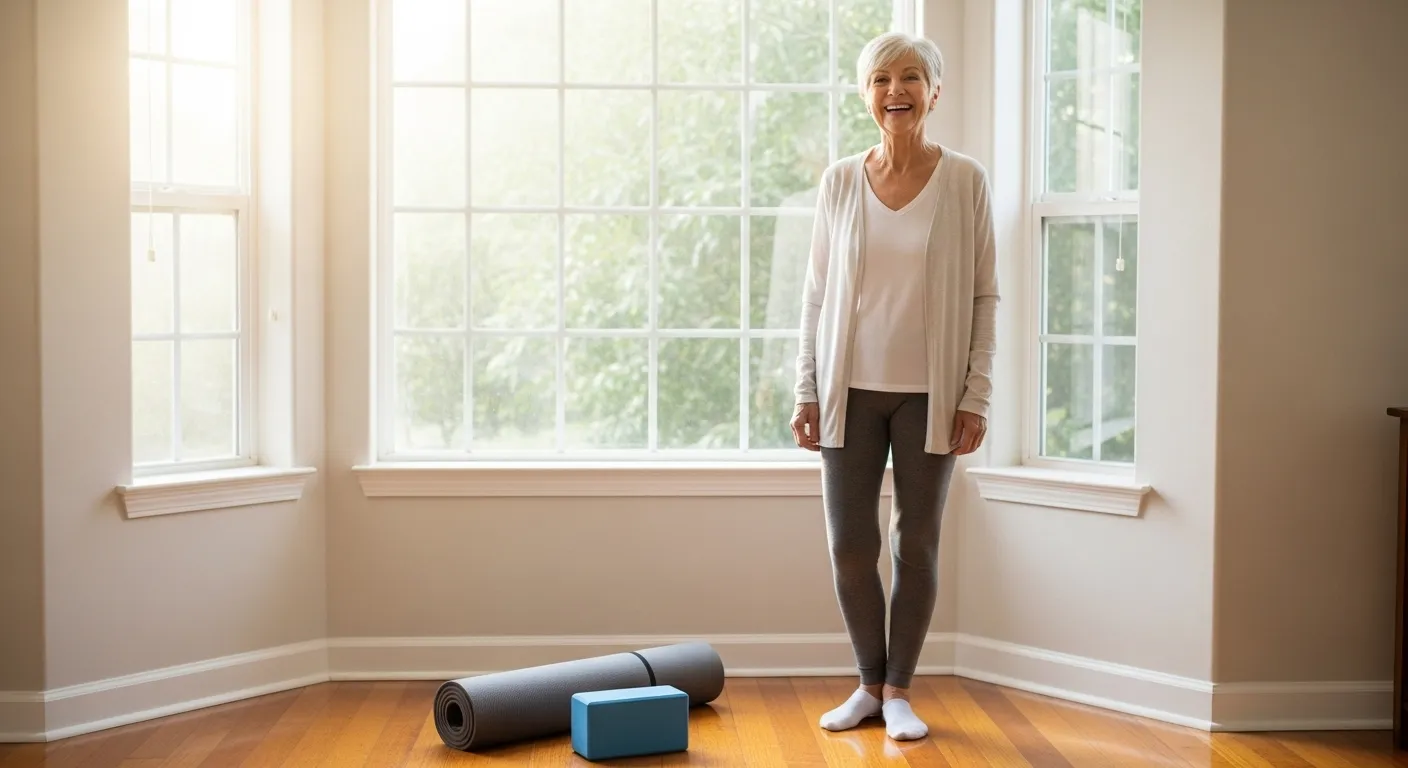
Living with arthritis can feel like a daily battle against stiffness, aches, and pain. It’s completely understandable to feel that when your joints hurt, the last thing you should do is move them. However, as a specialist in senior wellness, I can assure you that the right kind of movement is one of the most powerful tools you have to manage your arthritis and reclaim your quality of life.
Think of exercise not as a chore, but as medicine for your joints. It helps lubricate them, strengthens the muscles that support them, and can significantly reduce pain and improve your ability to do the things you love. The secret is choosing joint-friendly exercises that build you up without wearing you down.
This guide is designed to walk you through some of the best, safest, and most effective low-impact workouts for seniors with arthritis. We will explore gentle movements that can help you feel stronger, more flexible, and more confident.
A very important note before you begin: Your health and safety are the top priority. Please talk with your doctor or a physical therapist before starting any new exercise program. They can help you create a plan that is perfectly suited to your specific needs and health conditions.
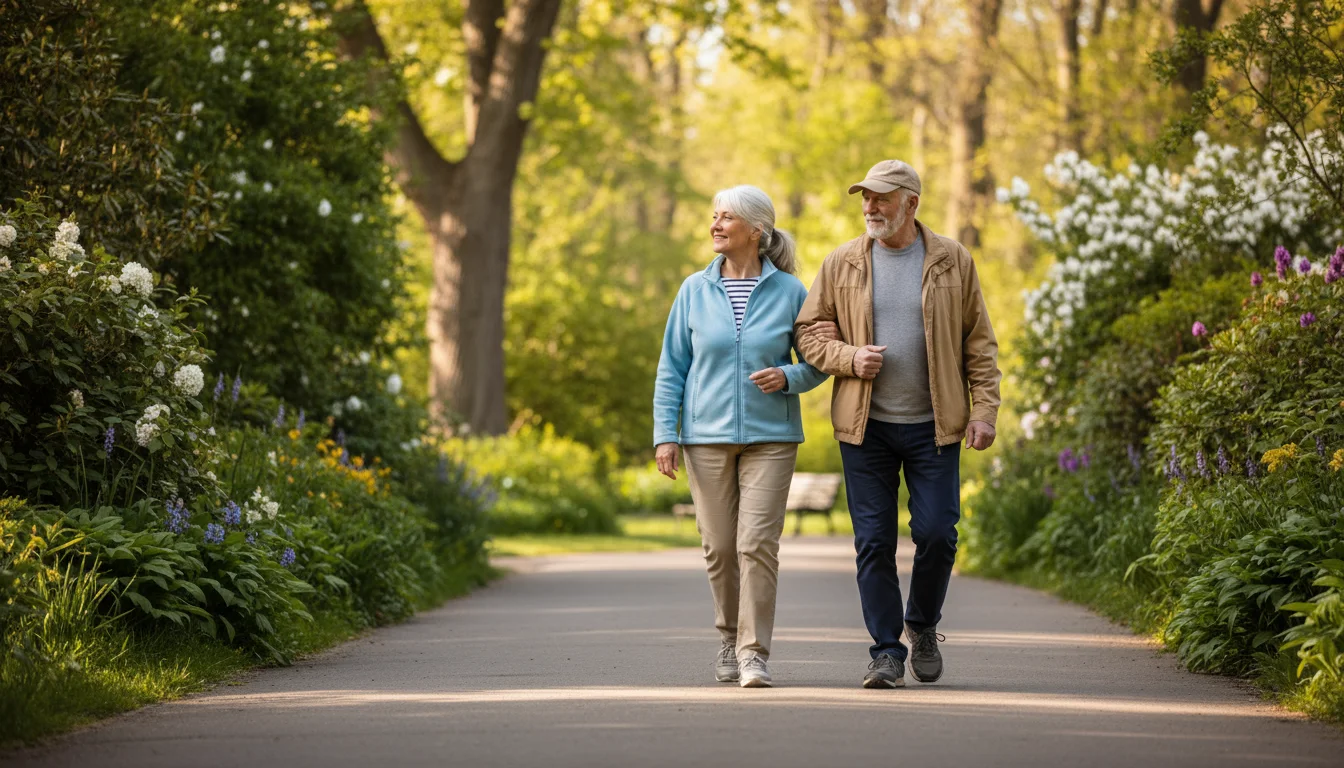
1. Gentle Walking: The Foundation of Fitness
The ‘Why’: Walking is perhaps the most accessible and beneficial exercise you can do. When you walk, you increase blood flow to your cartilage, the cushiony tissue in your joints. This delivers vital nutrients that help keep it healthy. Walking also strengthens the muscles in your legs and core, which provides better support for your knees and hips, taking pressure off the joints themselves. It’s a wonderful, low-impact way to improve heart health, manage weight, and boost your mood.
The ‘How’:
– Start Small: If you’re new to exercise, begin with just 5-10 minutes of walking each day. Your goal is consistency, not speed or distance. You can gradually add a minute or two each week as you feel stronger.
– Choose Your Surface Wisely: Walk on smooth, level surfaces. A local school track, a paved park path, or even an indoor mall are excellent choices. Avoid uneven ground, rocky trails, or steep hills, which can jolt the joints.
– Wear a Good Pair of Shoes: Your shoes are your most important piece of equipment. Choose comfortable, supportive footwear with good cushioning to absorb impact.
– Focus on Form: Walk tall with your head up, shoulders back and relaxed, and swing your arms naturally. This good posture helps protect your back and joints.
– Listen to Your Body: A good rule to follow is the “two-hour pain rule.” If you have more joint pain two hours after walking than you did before you started, you likely did a little too much. Simply reduce the time or intensity of your next walk.
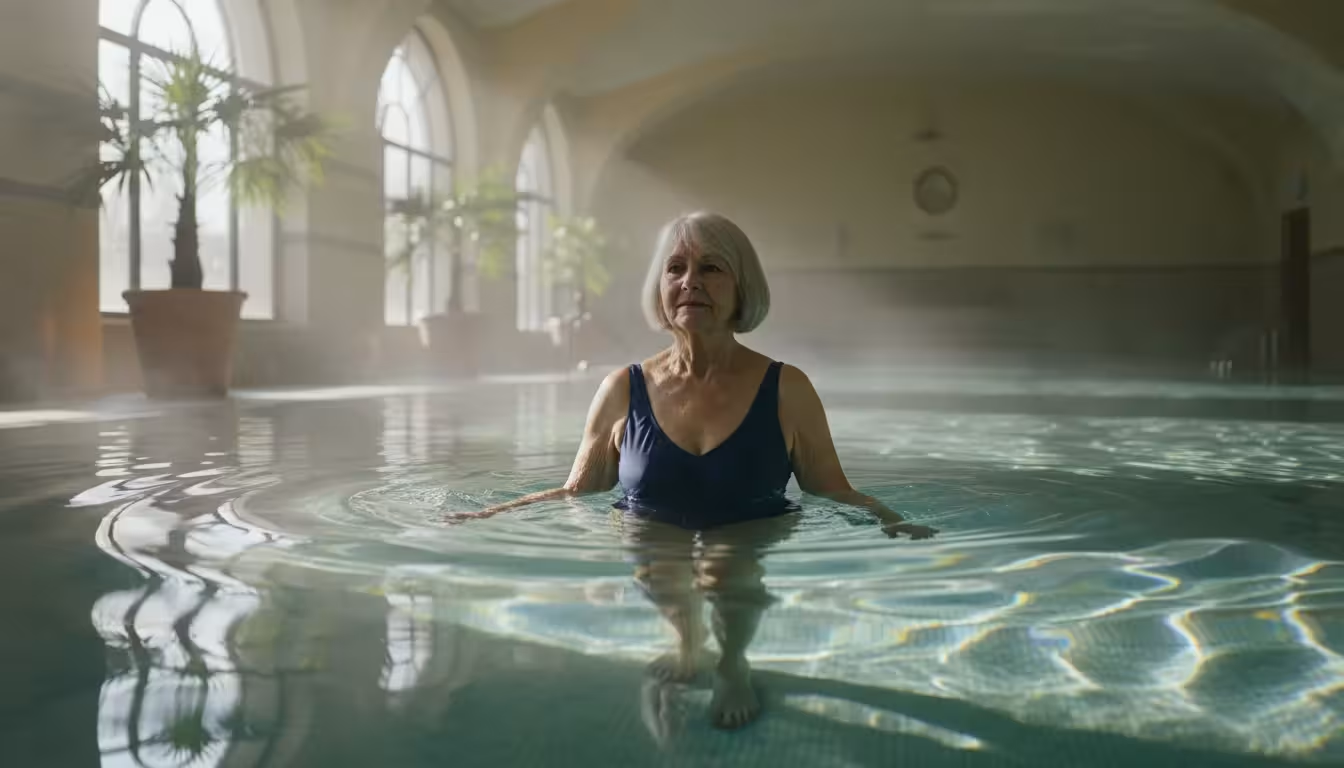
2. Aquatic Exercise: The Magic of Water
The ‘Why’: Exercising in water is a fantastic choice for anyone with arthritis. The buoyancy of the water supports your body weight, which dramatically reduces the stress and impact on your joints—especially your hips, knees, and spine. At the same time, the water provides gentle resistance, helping you build muscle strength. Many people find they can move in a pool in ways they can’t on land, making it a liberating and effective workout.
The ‘How’:
– Look for a Warm-Water Pool: Many community centers and local YMCAs offer warm-water pools (typically 83 to 90 degrees Fahrenheit). The warm water can be incredibly soothing for stiff, achy joints.
– Start with Water Walking: Simply walking from one side of the shallow end to the other is a great start. Walk forward, backward, and sideways to work different muscles.
– Try a Water Aerobics Class: Look for a class specifically designed for seniors or individuals with arthritis. A good instructor will guide you through safe, effective movements like leg lifts, arm circles, and gentle jumping jacks that are easy on the joints.
– No Swimming Skills Needed: Most aquatic arthritis exercises are done in the shallow end where you can stand comfortably. You don’t need to be a swimmer to benefit. Flotation devices like water noodles or belts can also be used for support.
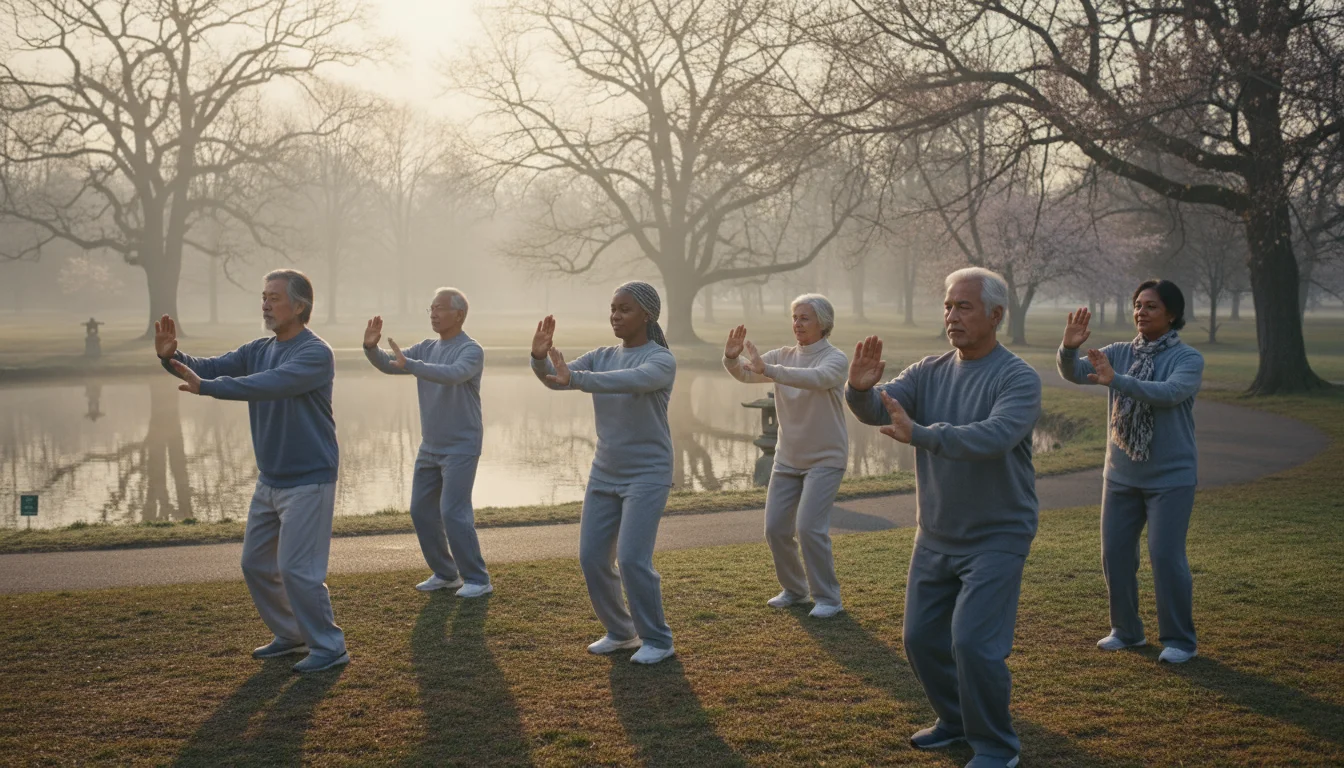
3. Tai Chi: Meditation in Motion
The ‘Why’: Tai Chi is an ancient Chinese practice that involves slow, gentle, and flowing movements. It’s often called “meditation in motion” because it combines physical activity with mental focus and deep breathing. Studies have shown that Tai Chi is excellent for people with arthritis because it improves balance, which reduces the risk of falls. It also enhances flexibility, increases muscle strength, and significantly reduces joint pain and stiffness.
The ‘How’:
– Find a Beginner’s Class: The best way to learn Tai Chi is from a qualified instructor who can ensure you are doing the movements correctly and safely. Look for classes at senior centers, community centers, or parks. Many instructors now offer online classes as well.
– Focus on the Feeling, Not Perfection: The goal is not to perform the movements perfectly, but to move slowly and mindfully. Pay attention to your breath and how your body feels. The movements should feel smooth and comfortable.
– Start with a Simple Form: A good instructor will start you with a simplified, easy-to-learn series of movements. You’ll learn how to shift your weight gently and coordinate your arms and legs in a fluid way.
– Wear Loose, Comfortable Clothing: You want to be able to move freely without any restriction.
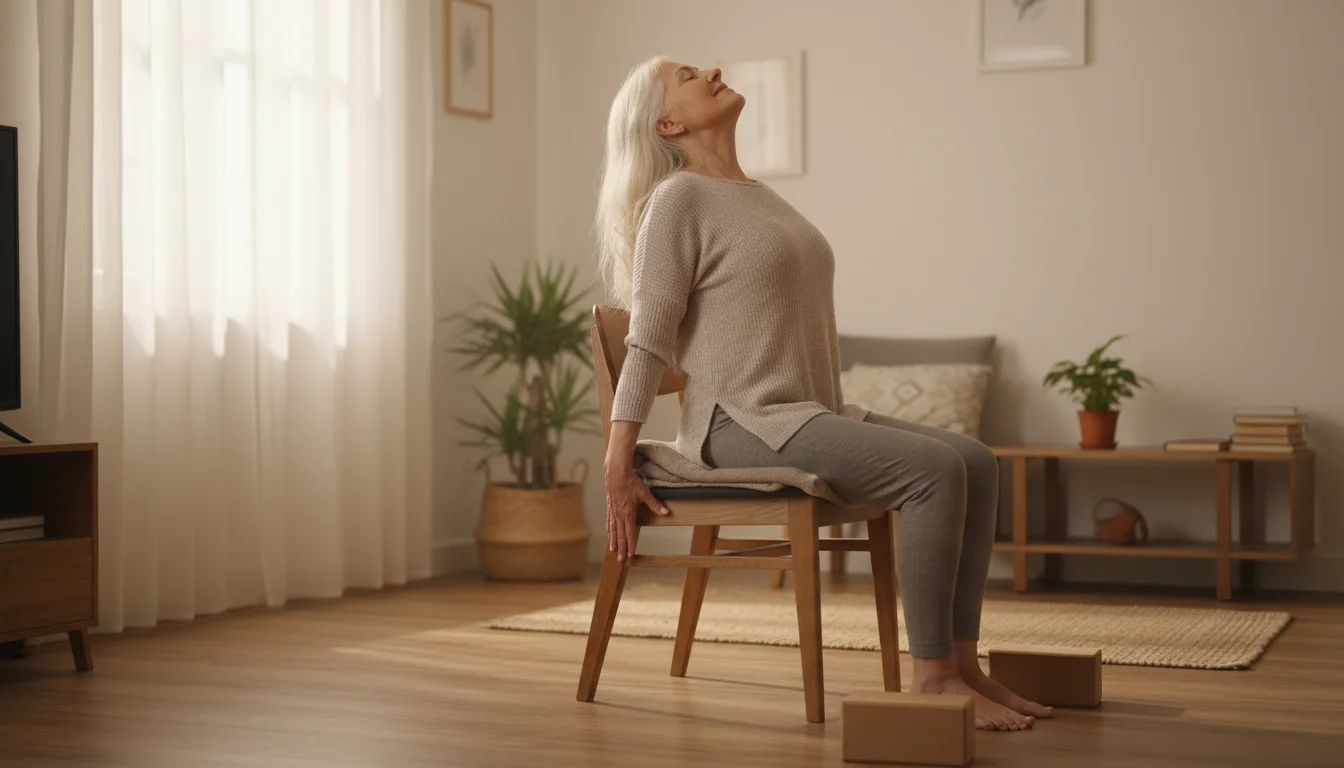
4. Chair Yoga: Accessible and Supportive
The ‘Why’: Traditional yoga can be challenging if you have joint pain or balance issues. Chair yoga is a wonderful alternative that provides all the benefits of yoga—increased flexibility, better body awareness, and stress reduction—from the safety and support of a sturdy chair. It helps you gently move your joints through their full range of motion, which is crucial for reducing stiffness.
The ‘How’:
– Use a Sturdy Chair: Choose a stable chair without wheels. You should be able to sit with your feet flat on the floor and your knees at a 90-degree angle.
– Seated Cat-Cow Stretch: Sit tall at the edge of your chair with your hands on your knees. As you inhale, gently arch your back and look up toward the ceiling (Cow). As you exhale, round your spine, tuck your chin to your chest, and look at your belly (Cat). Repeat this 5-8 times, following your breath.
– Seated Mountain Pose: Sit tall, press your feet firmly into the floor, and lengthen your spine. Let your arms rest at your sides with palms facing forward. Breathe deeply. This simple pose improves posture and body awareness.
– Seated Side Bend: While in your Mountain Pose, inhale and lift your right arm up. As you exhale, gently bend to your left side. Hold for a breath, then return to the center and repeat on the other side.
– Never Push Into Pain: A stretch should feel gentle. If you feel any sharp or shooting pain, ease back immediately.
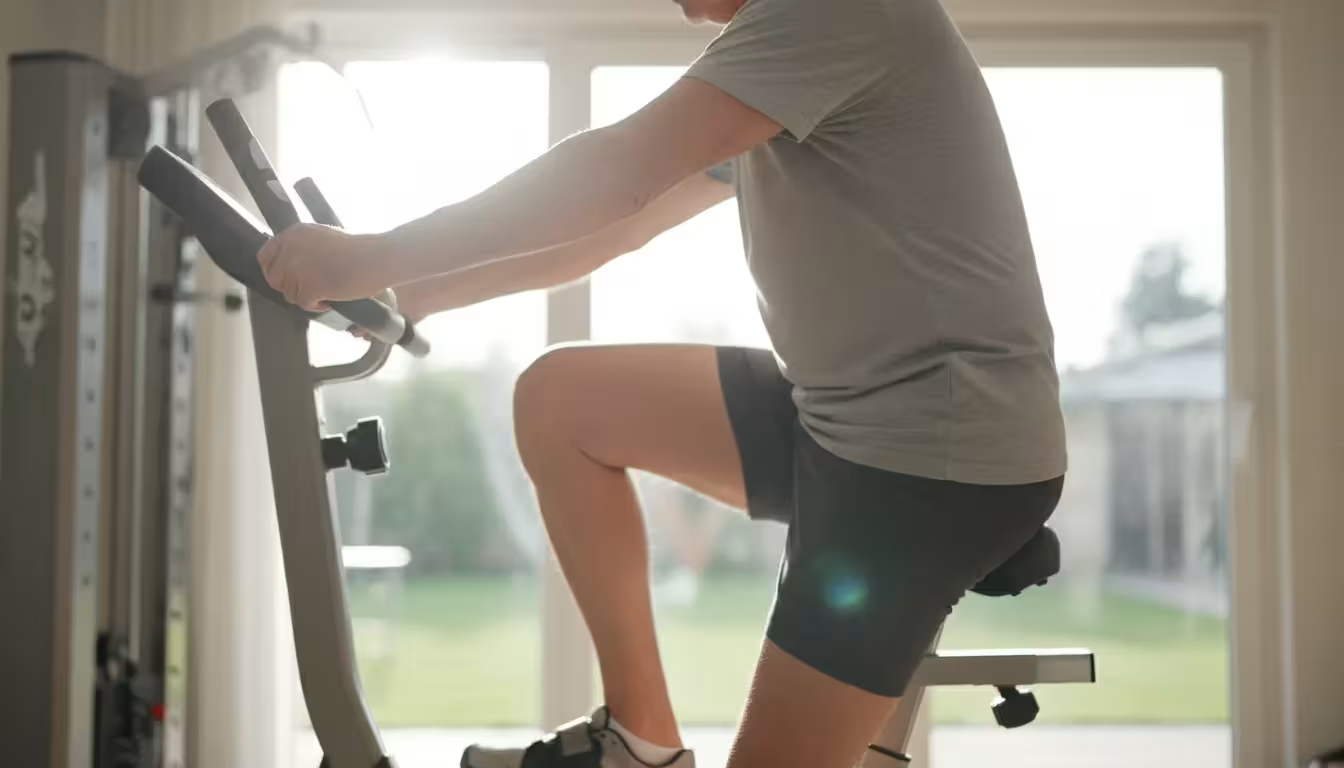
5. Stationary Cycling: Low-Impact Cardio
The ‘Why’: If walking causes too much strain on your hips or knees, a stationary bike can be an excellent alternative for cardiovascular exercise. Cycling is a very low-impact activity that strengthens the quadriceps (front thigh muscles) and hamstrings (back thigh muscles). Stronger muscles act as shock absorbers for your knees, providing better support and reducing pain. It’s also a great way to improve stamina and heart health without pounding the joints.
The ‘How’:
– Proper Setup is Key: Adjust the seat height so that when your foot is at the bottom of the pedal stroke, your knee has a slight bend (about 10-15 degrees). Your knee should never lock straight. If the seat is too low, it can put extra pressure on your kneecaps.
– Start with No Resistance: Begin by pedaling for 5 minutes with little to no resistance to warm up your muscles.
– Go at Your Own Pace: Cycle for 10-15 minutes at a comfortable pace. You should be able to hold a conversation. As you get fitter, you can gradually increase the duration or add a very small amount of resistance.
– Consider a Recumbent Bike: A recumbent bike, which has a chair-like seat with back support, can be even more comfortable for seniors, especially those with back pain or severe hip arthritis.
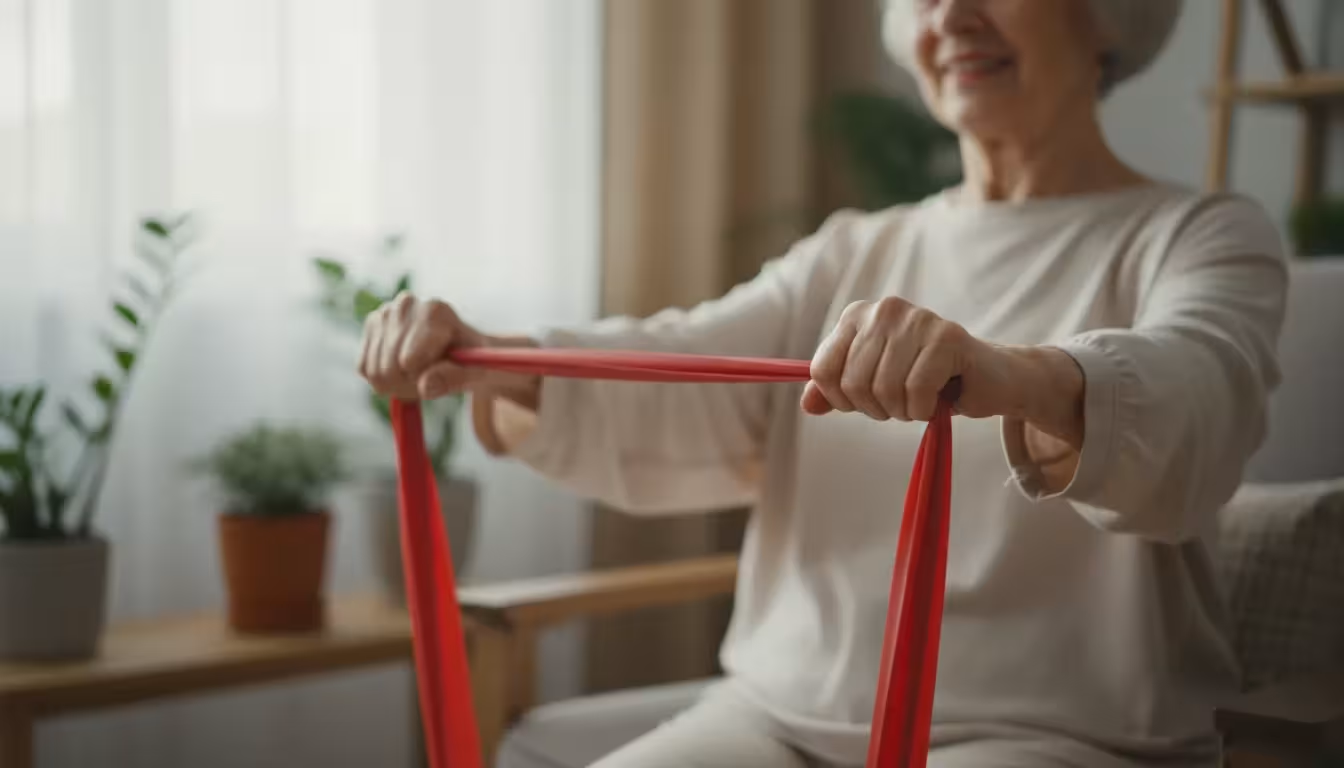
6. Strength Training with Resistance Bands
The ‘Why’: It might seem counterintuitive, but building muscle is one of the most important things you can do for your arthritis. Strong muscles act like a natural brace for your joints, absorbing shock and reducing stress. Resistance bands are perfect for seniors because they are inexpensive, lightweight, and allow you to control the level of resistance, making them much safer than heavy weights.
The ‘How’:
– Choose the Right Band: Bands come in different colors that signify their resistance level (e.g., yellow is often lightest, then red, green, etc.). Start with the lightest band to master the form.
– Seated Row (for back and posture): While seated in a sturdy chair, loop the middle of the band around the soles of your feet. Hold an end in each hand with your arms extended. Sit up straight, then gently pull the band toward your belly, squeezing your shoulder blades together. Hold for a moment, then slowly release. Aim for 8-12 repetitions.
– Leg Press (for thigh muscles): Still seated, loop the band around your right foot, holding both ends. Gently press your right foot forward, extending your leg against the band’s resistance until your knee is straight but not locked. Slowly return to the start. Do 8-12 reps, then switch legs.
– Focus on Slow, Controlled Movements: Avoid snapping the band or using momentum. The magic is in the slow, controlled motion.
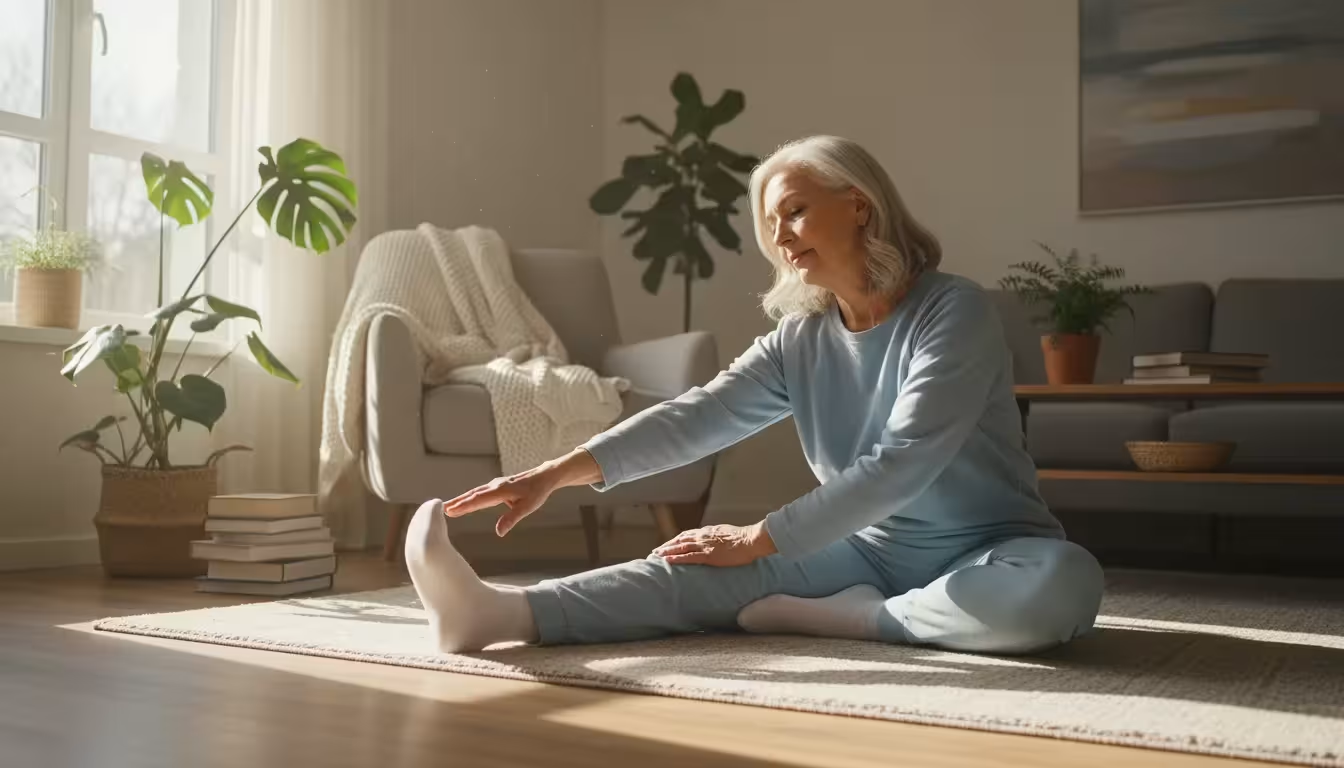
A Final Word of Encouragement
Remember, the goal of these arthritis exercises is not to become a world-class athlete. The goal is to feel better, move more easily, and maintain your independence. The most important thing you can do is start. Choose one activity that sounds enjoyable and give it a try.
Be patient and kind to yourself. Some days will be better than others, and that’s perfectly okay. Listening to your body is your most important skill. On days when your joints are particularly sore, you might opt for gentle stretching instead of a walk. On good days, you might add a few extra minutes to your routine.
By incorporating these joint-friendly exercises into your life, you are taking a powerful, proactive step toward managing your arthritis. You are investing in your health, your mobility, and your well-being for all the years to come.
You can do this!
For expert guidance on senior health and finance, visit American Heart Association, Benefits.gov, National Institute on Aging (NIA), Centers for Disease Control and Prevention (CDC) and Medicare.gov.
|
Fact-Checked Content
Our editorial team reviews all content for accuracy and updates it regularly. Learn about our editorial process →
|










